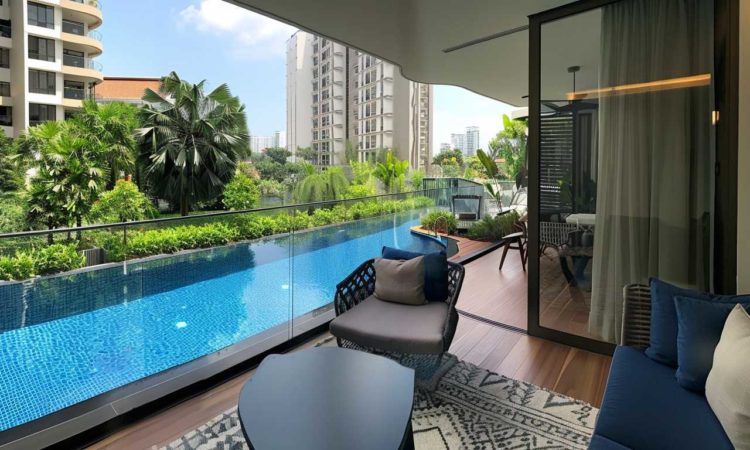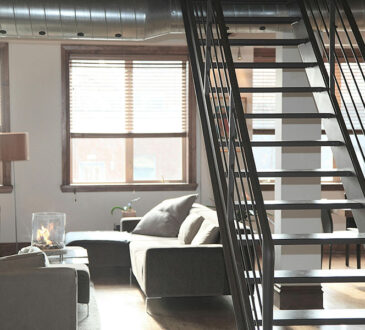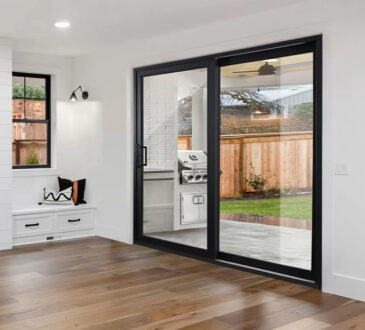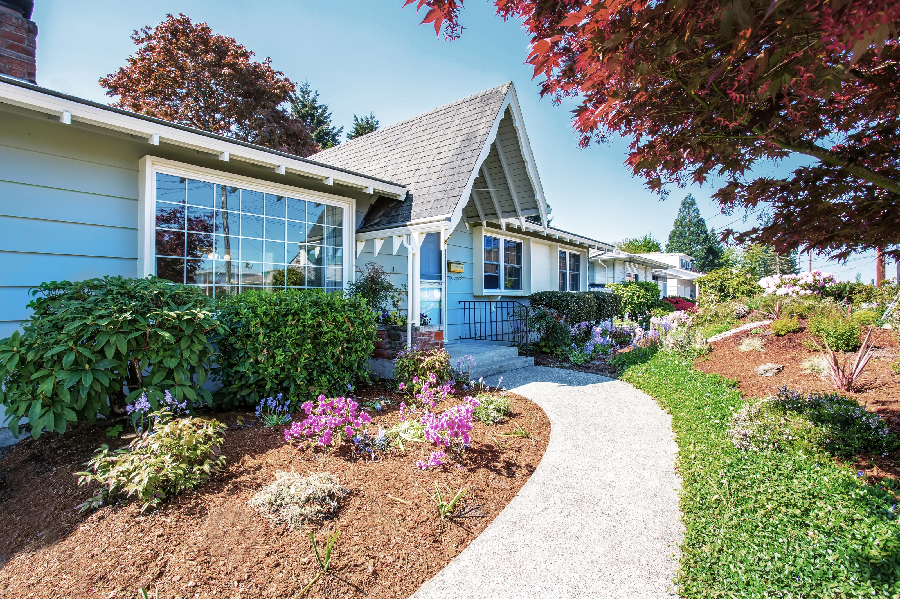
Condo soundproofing quality can make or break your living experience in shared housing environments. Many residents discover sound issues only after moving in, leading to frustration and neighbour conflicts. When choosing a home, ideal sound insulation is essential, especially in developments like River Modern Location, where urban living often means proximity to neighbours. Before committing to a condo purchase, several evaluation methods can help you assess sound isolation effectiveness.
Sound testing essentials
Professional acoustic testing provides the most accurate assessment of soundproofing quality. Sound transmission class (STC) ratings measure how well walls block airborne sounds, while impact insulation class (IIC) ratings evaluate how effectively floors dampen impact noise. Higher ratings indicate better sound isolation, with quality condos typically featuring STC ratings above 55 and IIC ratings above 50. You can request these measurements from sellers or conduct them with proper equipment. Remember that building codes typically require minimum STC values of 50 between units, though this varies by location.
DIY assessment techniques
When professional testing isn’t available, several do-it-yourself methods can provide valuable insights:
- Visit at different times – Morning, evening, and weekend visits reveal different noise patterns as neighbour activities change throughout the day
- Listen near walls, floors, and ceilings – Place your ear against surfaces shared with neighbouring units to detect sound transfer
- Test door and window seals – Small gaps can dramatically reduce soundproofing effectiveness
- Perform the clap test – Have a friend clap in adjacent rooms while you listen for sound transmission
- Check vents and outlets – These often-overlooked areas can create sound pathways between units
These simple techniques offer immediate feedback about potential sound issues without specialised equipment.
Structural indicators of quality
Construction elements heavily influence soundproofing effectiveness. Double-wall construction with air gaps between units provides superior noise isolation compared to single-wall designs. Concrete construction generally offers better sound dampening than wood-frame buildings, particularly for impact noises. Floor assemblies should include impact-absorbing underlayment beneath finished surfaces. Inspect ceiling configurations to determine if sound-isolating channels or additional drywall layers are present. Windows with multiple panes and quality weather stripping prevent sound intrusion from outside sources. Identifying these features helps predict sound performance even without conducting noise tests directly.
Neighbour consultation secrets
Speaking with current residents reveals real-world soundproofing performance beyond technical specifications. Ask whether they hear neighbours talking, walking, playing music, or other common sound disturbances. Inquire about management’s responsiveness to noise complaints, which indicates how seriously sound issues are addressed. Consider the noise tolerance of the community overall – some buildings cultivate quiet-focused cultures while others accept more ambient sound. This social aspect of sound management sometimes matters more than physical construction elements.
Remember to verify information from multiple sources since individual noise sensitivity varies considerably between people. What bothers one resident might go unnoticed by another, making diverse feedback valuable. You can comprehensively understand condo soundproofing quality by combining objective measurements, physical inspection, and resident perspectives. These evaluation methods help ensure your new home provides the peaceful environment you desire, preventing costly mistakes and preserving your quality of life for years to come.



